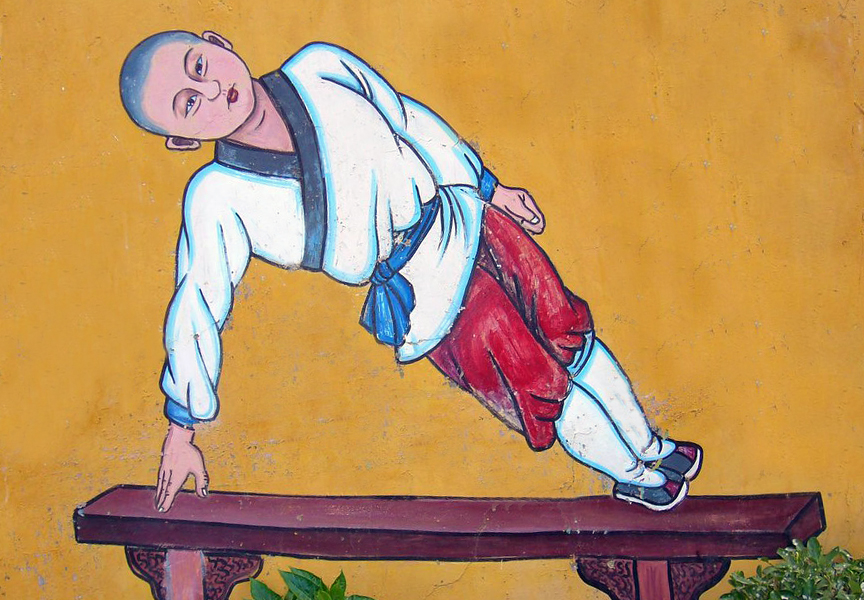Random Free Articles
- Qualities of a True Martial Arts Master
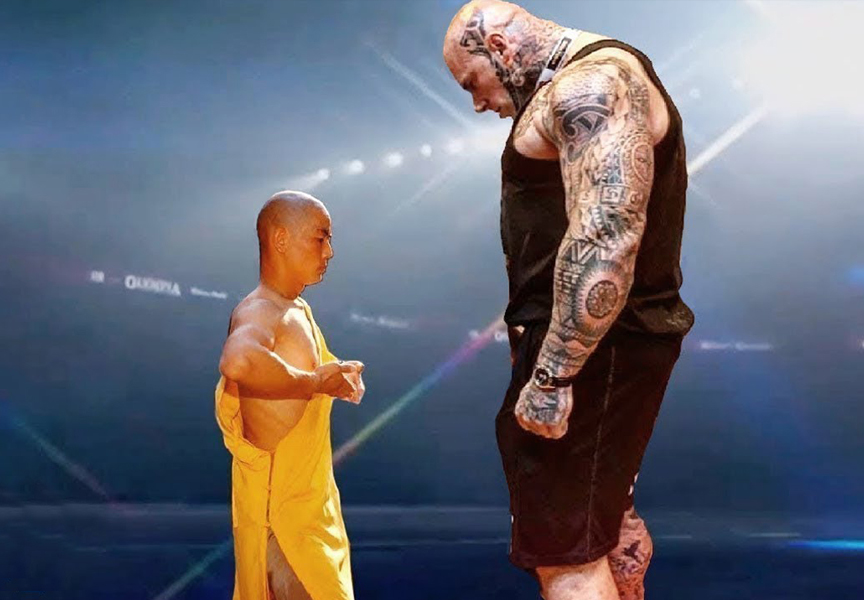
Martial arts is not just about physical prowess; it's a holistic discipline that encompasses mental, emotional, and spiritual growth. At the heart of every successful martial arts journey stands a master, a guiding light who possesses not only exceptional combat skills but also a myriad of qualities that inspire, teach, and transform their students. The qualities that define a true martial arts master go beyond technique and strength;…
- The Rise of Competitive Self-Defense

Turning Survival into a Sport In the ever-evolving landscape of self-defense, a new phenomenon has emerged – competitive self-defense. What was once seen solely as a means of protecting oneself from harm has now taken on a competitive edge, blurring the lines between survival instinct and sporting prowess. This paradigm shift has given rise to a fascinating debate about the intersection of self-preservation and athleticism, raising questions…
- The Meaning of the Term Kung Fu
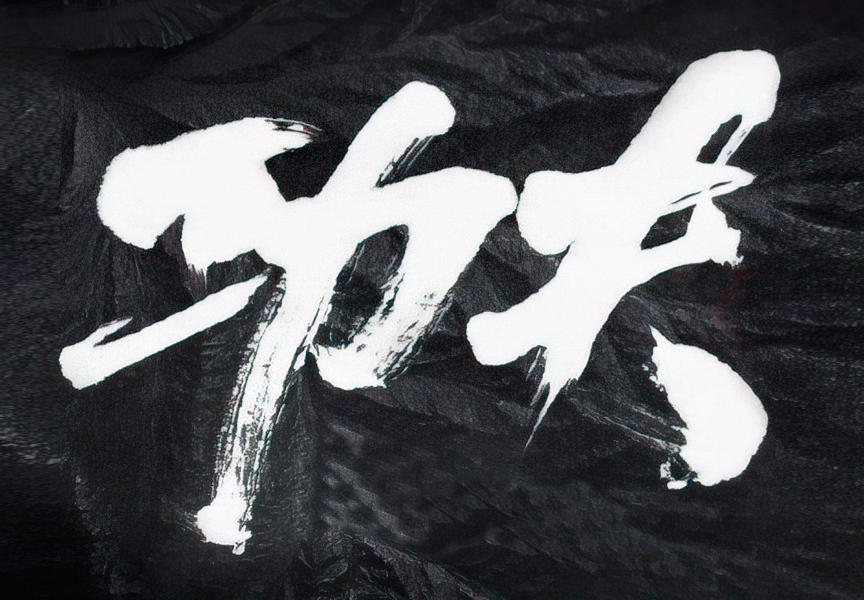
Gong Fu or Kung Fu, a term that conjures images of martial arts prowess, discipline, and ancient wisdom, has permeated popular culture as a symbol of physical and mental excellence. Originating from China, the term Gong Fu is widely used, often misunderstood, and frequently associated with cinematic displays of acrobatic combat. However, beyond the flashy kicks and punches lies a deeper meaning that encompasses a rich tapestry of history,…
- Every Competitor A Champion in Their Own Right
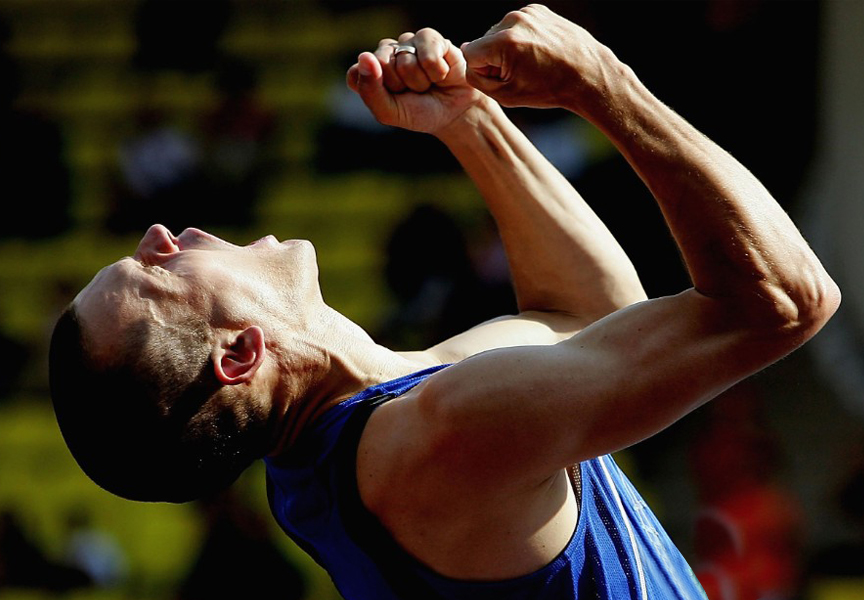
In the world of sports, competitions, and life in general, we often focus on the victors, the ones who stand atop the podium, wearing the gold, silver, and bronze medals. But let us not forget that a champion is not defined solely by their position – a champion is anyone who consistently gives their best every time they step onto the field, court, or any competitive arena. It's not just about finishing first, second, or third; it's…
- Martial Arts and Violence
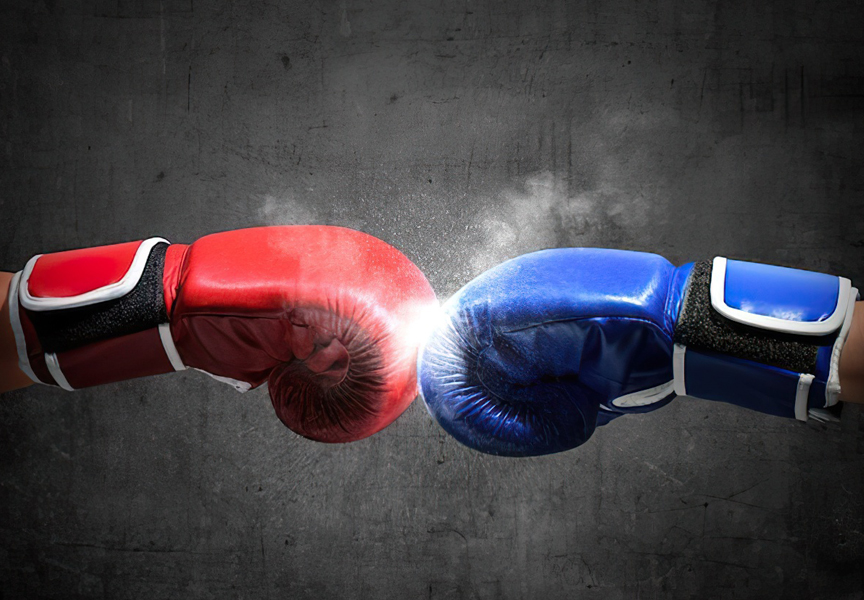
In recent years, there has been an ongoing debate surrounding the association between martial arts and violence, particularly concerning children who practice combat sports. Concerned parents often express worry about their children potentially becoming more aggressive due to their involvement in activities like Κarate, Kung Fu, or taekwondo. However, it's crucial to debunk this misconception and understand the broader context in which…

